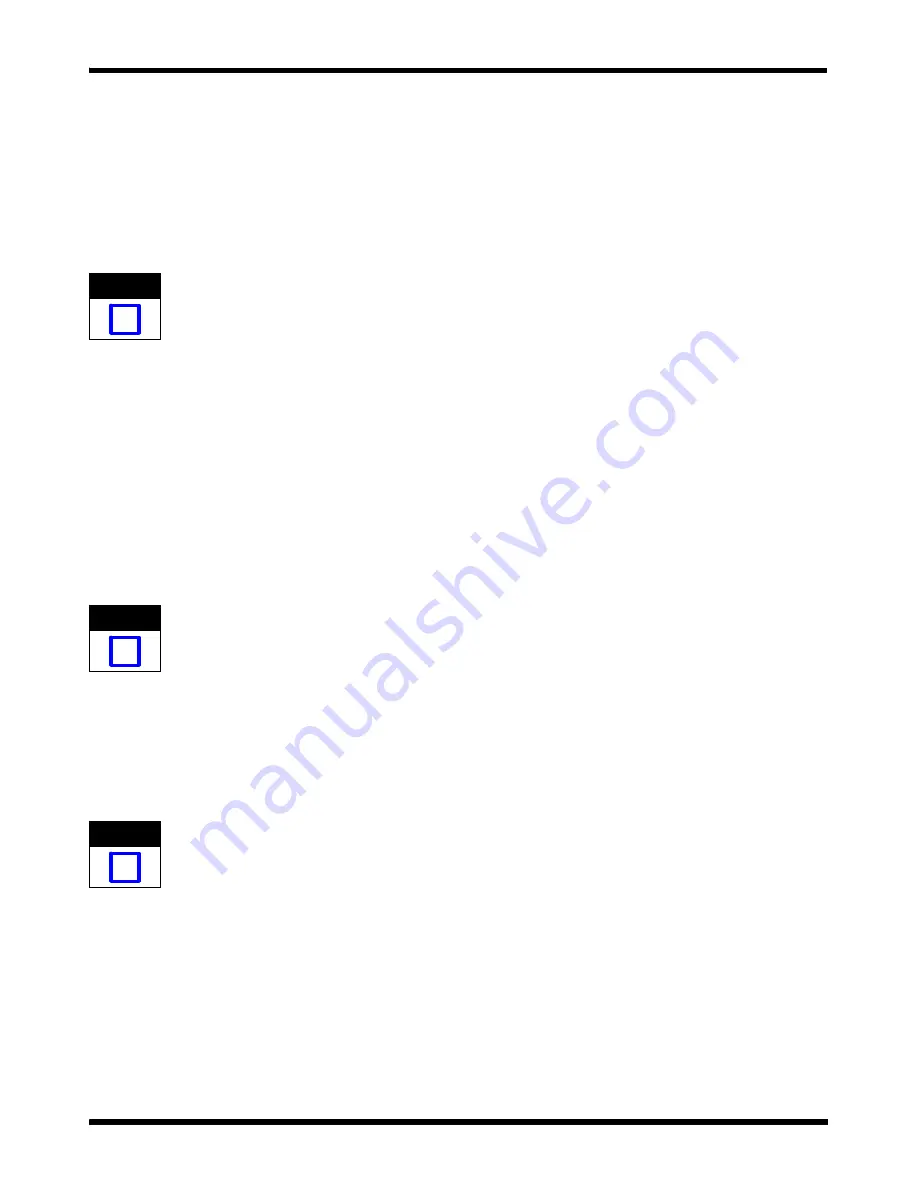
409- 10096
Air- Powered Hydraulic Pump 2119010- 1
Rev
A
8
of 9
Tyco Electronics Corporation
unstable manner. To remove the air, run the system through several cycles (extending and retracting the
crimping head) free of any load. The crimping head must be at lower level than the pump to allow air to be
released through the pump reservoir.
6.3. Inspecting the Hydraulic Fluid Level
Check the fluid level in the reservoir after every ten hours of use. Drain and replenish the reservoir with
approved hydraulic fluid after 300 hours of use approximately.
The fluid level should be 12.7 mm [.500 in.] from the filler/vent cap with all cylinders retracted.
6.4. Draining and Flushing the Reservoir
Wipe the pump exterior completely clean before attempting this procedure.
1. Remove the screws that fasten the pump assembly to the reservoir. Remove the pump assembly
from the reservoir. Do not damage the gasket, filter, or safety valve.
2. Drain the reservoir of all fluid and refill half full with clean hydraulic fluid. Rinse the filter clean.
3. Place the pump assembly back onto the reservoir, and secure with two of the machine screws
assembled in opposite corners of the housing.
4. Run the unit for several minutes. Use the same method described in Paragraph 5.1 (Priming the
Pump Unit).
5. Drain and clean the reservoir once more.
6. Refill the reservoir with approved hydraulic fluid and replace the pump assembly (with gasket) on the
reservoir and install the screws. Torque the screws as follows: for 1.7 L [105 cubic in.] reservoirs, torque
to 2.8--3.4 N
D
m [25--30 in.--lbs.]; and for 7.6 L [2 gal.] reservoirs, torque to 4.0--5.0 N
D
m [35--45 in.--lbs.].
Drain and clean the other hydraulic system components (hoses, cylinders, etc.) before reconnecting them to the pump.
This will prevent contaminated fluid from entering the pump again.
6.5. Refilling the Reservoir
If additional fluid must be added to the reservoir, use only approved hydraulic fluid (215 SSU @ 38
°
C [100
°
F]).
Clean the entire area around the filler plug before adding fluid to the reservoir. Remove the filler plug, and
insert a clean funnel with filter. The crimping head must be fully retracted and the air supply disconnected when
adding the fluid to the reservoir.
6.6. Periodic Cleaning
The greatest single cause of failure in hydraulic pumps is dirt. Keep the pump and attached crimping head clean to
prevent foreign matter from entering the system.
A routine should be established to keep the pump as free from dirt as possible. All unused couplers must be
sealed with thread protectors. All hose connections must be free of grit and grime. Any crimping head hooked
up to the pump should also be kept clean. Use only approved hydraulic fluid in the unit and change as
recommended (every 300 hours).
NOTE
i
NOTE
i
NOTE
i



























